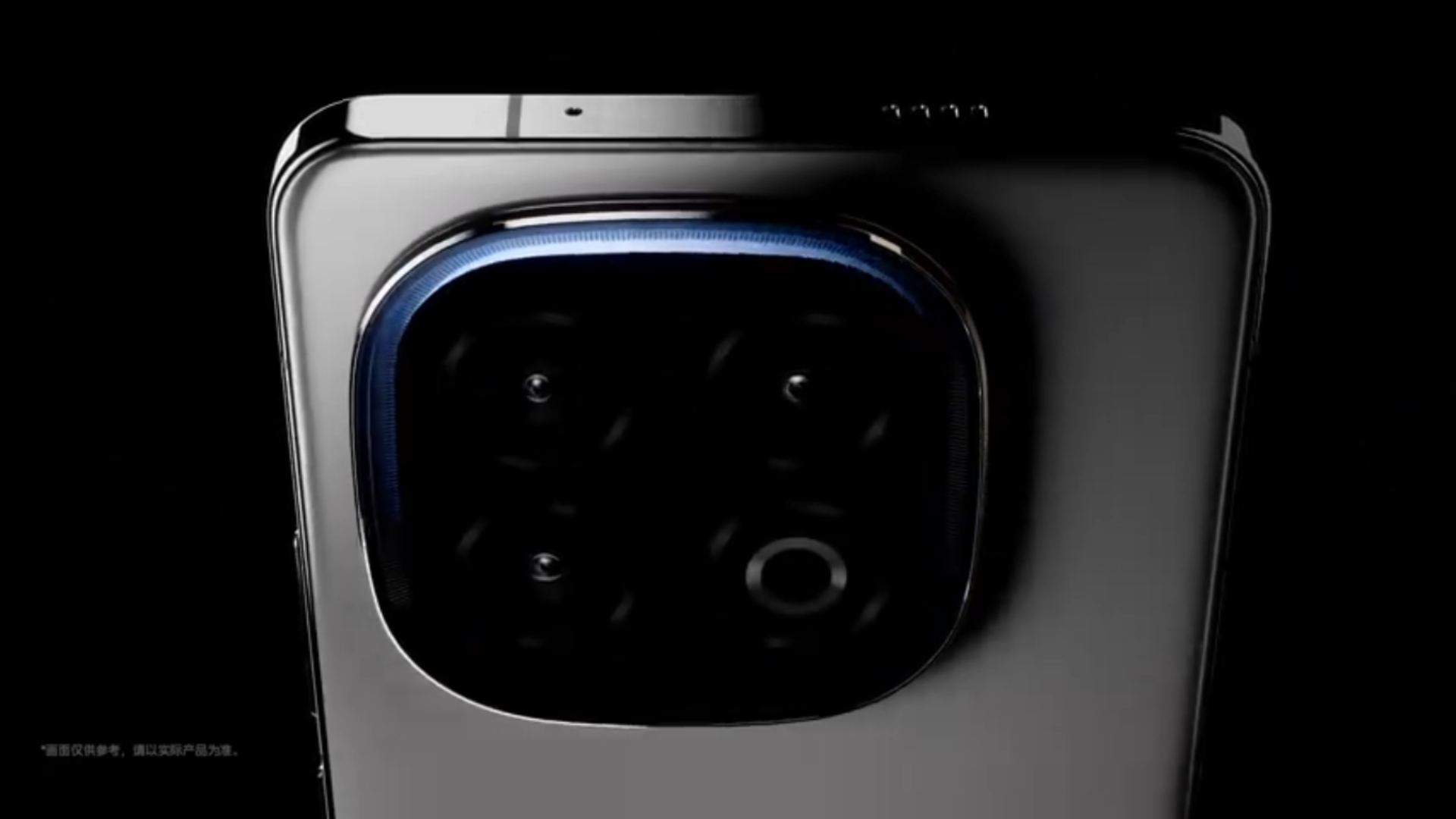Huawei continues to advance in the world’s biggest smartphone market after its HarmonyOS gained a 15% OS share during the third quarter of the year.
According to TechInsights’ data, the Chinese smartphone maker’s OS share jumped from 13% to 15% in Q3 of 2024. This put it on the same level as iOS, which also had a 15% share in China during Q3 and the same quarter last year.
Although the said percentage is far from the 70% share owned by Android, Huawei’s OS growth is a threat. According to the firm, Huawei HarmonyOS cannibalized some share portions of Android, which used to own 72% from a year ago.
This threat is expected to become more severe for Android as Huawei has started introducing the HarmonyOS Next, which no longer relies on the conventional Android structure. To recall, the HarmonyOS Next is based on HarmonyOS but comes with a boatload of improvements, new features, and capabilities. One of the main focal points of the system is the removal of the Linux kernel and Android Open Source Project codebase, with Huawei planning to make the HarmonyOS NEXT entirely compatible with apps specifically created for the OS. Huawei’s Richard Yu has confirmed that there are already 15,000 apps and services under HarmonyOS, noting that the number will grow bigger and bigger.
HarmonyOS Next is expected to end the Android-iOS duopoly in the smartphone market soon. As revealed by Huawei, it will also be a unified system that allows users to effortlessly transition from one device to another when using apps. The public beta version of HarmonyOS Next is now available to users in China. However, it is important to note that support is limited to the Pura 70 series, Huawei Pocket 2, and MatePad Pro 11 (2024).
Here are more details of the HarmonyOS Next:
- It features 3D interactive emojis, which change emotions when users shake their devices.
- Wallpaper assistance can adjust the color and position of the clock to match the elements of the chosen photo.
- Its Xiaoyi (AKA Celia globally) AI assistant is now smarter and can be easily launched via voice and other methods. It also provides better suggestions based on users’ needs and activities. Image support via drag-and-drop motion also lets the AI recognize the context of the photo.
- Its AI image editor can remove unnecessary elements in the background and fill in the removed parts. It also supports image background expansion.
- Huawei claims that the HarmonyOS Next provides better calls enhanced by AI.
- Users can instantly share files (similar to Apple Airdrop) by placing their devices close to each other. The feature supports sending to multiple receivers.
- Cross-device collaboration allows users to access the same files through different connected devices.
- Unified control lets users stream videos from their phones to bigger screens and provides the necessary controls.
- The security of the HarmonyOS Next is based on the Star Shield security architecture. According to Huawei, this means (a) “application can only access the data you choose, without worrying about over-authorization,” (b) “unreasonable permissions are strictly prohibited,” and (c) “applications that do not meet security requirements cannot be put on the shelf, installed, or run.” It also provides record transparency to users, giving them access to see which data has been accessed and how long it has been viewed.
- The Ark Engine improves the device’s overall performance. According to Huawei, through HarmonyOS Next, the overall machine fluency is enhanced by 30%, battery life is raised by 56 minutes, and the available memory is increased by 1.5GB.




